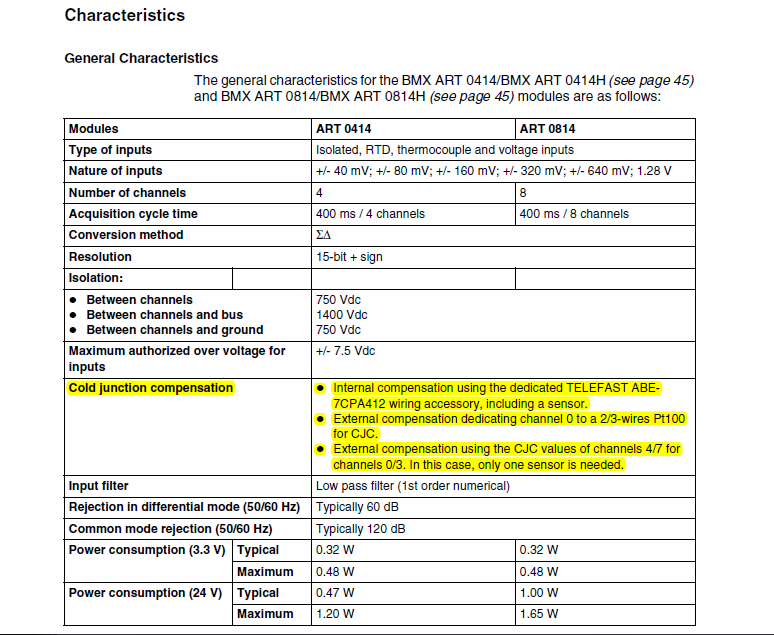Hello,
I am working with control instrumentation for the first time and I am looking into Type K Thermocouples.
My question is this, I understand the need for cold junction compensation - am I correct in assuming that I can use a RTD to measure to measure the temperature at the cold reference junction, and that it is ok for the temperature at the terminals of the cold reference junction to go up and down (together), and that this won't have a negative impact on the readings from the hot end of the thermocouples.
Thanks a bunch
Jericho.
I am working with control instrumentation for the first time and I am looking into Type K Thermocouples.
My question is this, I understand the need for cold junction compensation - am I correct in assuming that I can use a RTD to measure to measure the temperature at the cold reference junction, and that it is ok for the temperature at the terminals of the cold reference junction to go up and down (together), and that this won't have a negative impact on the readings from the hot end of the thermocouples.
Thanks a bunch
Jericho.

